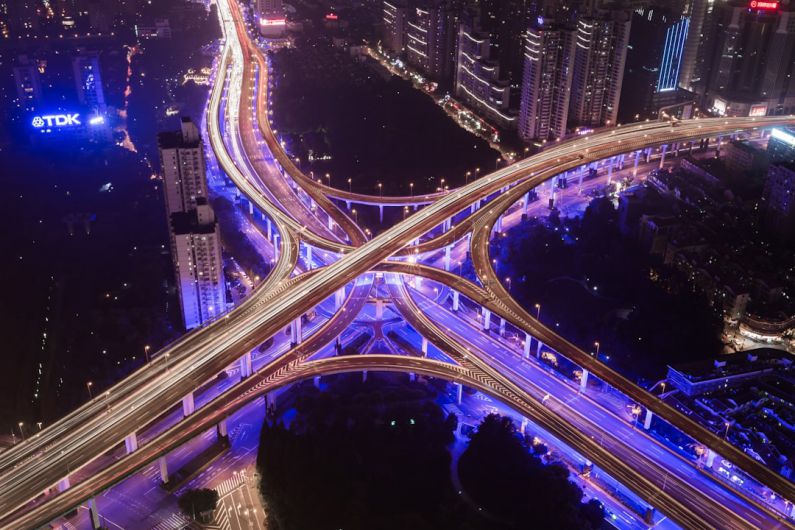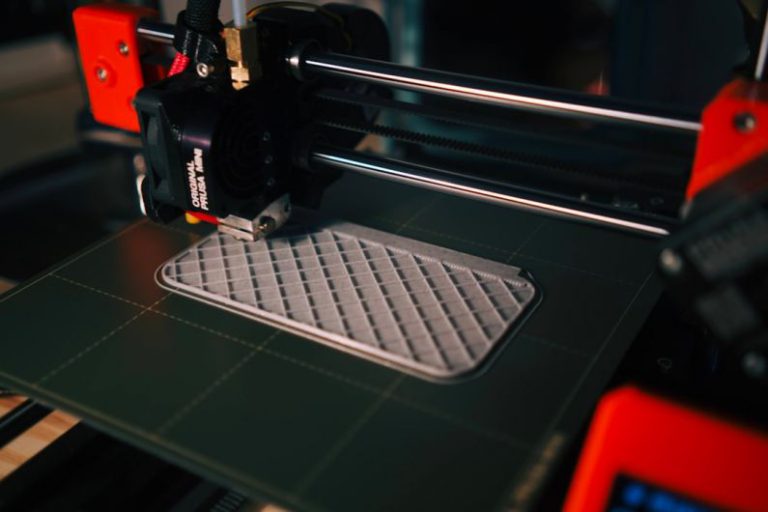The Intersection of Retreading and Smart City Initiatives
As urban areas continue to grow and evolve, the concept of smart cities has emerged as a solution to enhance sustainability, efficiency, and quality of life for residents. A key component of these smart city initiatives is the integration of innovative technologies to improve infrastructure and transportation systems. In this context, the practice of retreading tires has gained attention for its potential to contribute to the sustainability and efficiency goals of smart cities.
**The Basics of Retreading**
Retreading is the process of giving a new tread to worn tires, extending their lifespan and reducing the environmental impact of tire disposal. This process involves buffing away the old tread, applying a new layer of rubber, and curing it to bond with the tire casing. The result is a tire that performs similarly to a new one but at a lower cost and with less material waste. Retreading has long been a common practice in commercial transportation, where tires undergo significant wear and tear, but its benefits are increasingly recognized in the context of smart city initiatives.
**Sustainable Solutions for Smart Cities**
In the push towards sustainability, smart cities are exploring various strategies to reduce waste and resource consumption. Retreading fits into this framework by promoting circular economy principles, where products are reused or recycled to minimize environmental impact. By extending the lifespan of tires through retreading, cities can reduce the demand for new tire production, which is resource-intensive and contributes to carbon emissions. This aligns with the broader goal of creating more sustainable urban environments that prioritize resource efficiency and waste reduction.
**Enhancing Efficiency in Urban Mobility**
Efficient transportation systems are a cornerstone of smart cities, enabling smooth movement of people and goods while reducing congestion and emissions. Retreaded tires play a role in enhancing transportation efficiency by offering a cost-effective solution for maintaining vehicle fleets. In sectors such as public transportation, logistics, and emergency services, where vehicles cover significant distances and require frequent tire replacements, retreading can lead to substantial cost savings. By optimizing the performance and longevity of tires, cities can improve the reliability and sustainability of their transportation networks.
**Safety and Performance Considerations**
While the economic and environmental benefits of retreading are clear, ensuring the safety and performance of retreaded tires is paramount. Proper retreading practices, adherence to industry standards, and regular inspections are essential to maintaining the quality and reliability of retreaded tires. In the context of smart cities, where safety and efficiency are top priorities, partnering with reputable retreaders and implementing quality control measures are crucial steps to maximize the benefits of retreading while ensuring road safety.
**Collaboration and Innovation in Smart Cities**
The intersection of retreading and smart city initiatives underscores the importance of collaboration and innovation in addressing urban challenges. By bringing together stakeholders from the public and private sectors, cities can leverage the expertise of retread manufacturers, transportation companies, and regulatory bodies to develop sustainable and efficient solutions for tire management. Embracing new technologies such as tire tracking systems, predictive maintenance tools, and data analytics can further enhance the effectiveness of retreading practices within the broader context of smart city development.
**Driving Towards a Sustainable Future**
In conclusion, the integration of retreading into smart city initiatives represents a proactive step towards creating more sustainable and efficient urban environments. By promoting circular economy principles, enhancing transportation efficiency, and prioritizing safety and performance, retreaded tires offer a practical solution for cities looking to optimize their resources and reduce their environmental footprint. As smart cities continue to evolve, the adoption of innovative practices like retreading will play a crucial role in driving towards a more sustainable future for urban residents and the planet as a whole.






